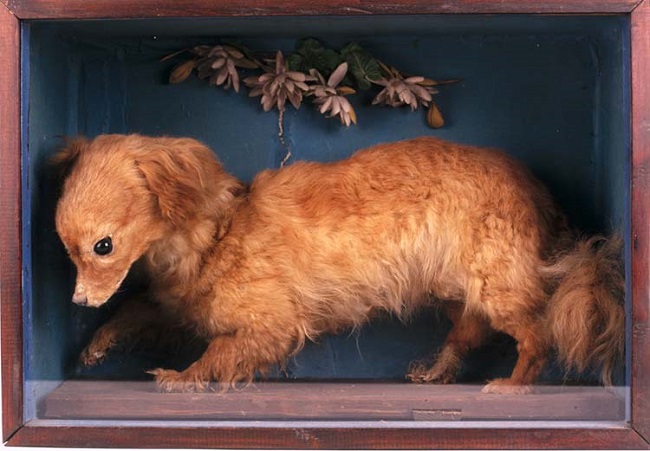
Throughout history, humans have formed unique bonds with animals, working together to accomplish various tasks. One such remarkable collaboration existed in the kitchens of yore, where turnspit dogs played a vital role in cooking meals. These unsung heroes worked diligently, turning roasting spits to ensure even cooking, saving valuable labor for humans. Though these dogs have faded into obscurity, their contributions to culinary history remain significant. In this article, we will explore the fascinating story of turnspit dogs and their role in shaping the culinary world.
The Turnspit Dog’s Origins
The turnspit dog, also known as the kitchen dog or cooking dog, was a small, long-bodied breed, specifically bred for turning roasting spits in kitchens. While their exact origins are not entirely clear, it is believed that the turnspit dog was a crossbreed between terriers and other small breeds. Their unique physique, with short, crooked legs and a long body, allowed them to fit easily into a small rotating wheel to turn the spit.
Historical Role in Kitchens
The use of turnspit dogs in kitchens can be traced back to medieval Europe, during the 16th and 17th centuries. At that time, roasting meat was a common cooking method, but the process required continuous turning of the spit to ensure even cooking. This task was laborious and time-consuming, and human labor was costly and not always reliable.
Here is where the turnspit dogs proved invaluable. They were put into a small wheel or cage, attached to the spit handle, and trained to run inside the wheel. As the wheel turned, the dog’s movement rotated the spit, and the meat cooked evenly over the open fire. This ingenious solution saved human labor and provided a consistent, slow rotation that allowed for deliciously roasted meats.
The Working Life of Turnspit Dogs
Life as a turnspit dog was not always easy. The kitchen environment was hot and smoky, and the dogs had to work for long hours, sometimes up to nine hours a day, to ensure the proper cooking of the meals. This physically demanding job led to the development of a specialized physique for turnspit dogs, enabling them to endure this grueling work.
These dogs were considered valuable assets in the kitchen, and their care was taken seriously. It is said that in some households, turnspit dogs had their own uniforms, like small jackets, to protect them from the heat and any sparks that might fly from the fire.
Decline in Popularity
As time passed, advancements in technology and changing culinary practices led to the decline of turnspit dogs. With the industrial revolution came inventions like mechanical spit-turning devices and, eventually, electric, and gas-powered ovens. These innovations made the role of the turnspit dog obsolete, as machines could perform the task more efficiently and consistently.
The turnspit dog’s decline also coincided with shifts in societal attitudes towards animal welfare. As people began to recognize the harsh conditions these dogs endured, there was a growing concern for their well-being, leading to the discontinuation of their use in kitchens.
Legacy and Preservation Efforts
Today, turnspit dogs are virtually extinct, and their memory is preserved primarily through historical records, paintings, and literature. There are no purebred turnspit dogs left, and any dogs that share a resemblance to the old breed are most likely the result of unintentional similarities in their appearance.
Several organizations dedicated to the preservation of rare and ancient dog breeds are attempting to recreate the turnspit dog through selective breeding. While their efforts may not result in a genetically identical breed, they aim to pay tribute to these historic canines and remind the world of their once-important role in our culinary history.
Conclusion
The turnspit dogs were exceptional creatures that played a vital role in kitchens for centuries, ensuring the even cooking of delicious roasts and providing invaluable assistance to chefs and cooks. Though they have long disappeared from our kitchens, their legacy endures as a reminder of the close bonds forged between humans and animals throughout history. As we marvel at the technological advances in our modern kitchens, let us not forget the turnspit dogs and the unique chapter they wrote in culinary history, forever etched in our collective memory.
Related Articles & Free Email Newsletter Sign Up
How to Address the Problems of Pet Obesity and Promote a Healthier Lifestyle




Comment here